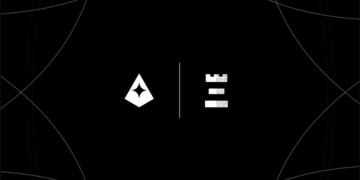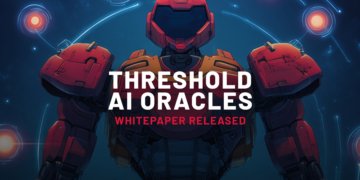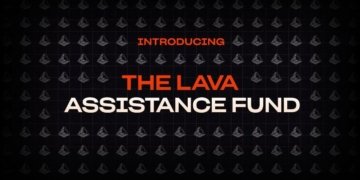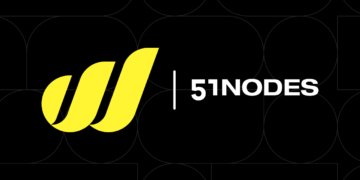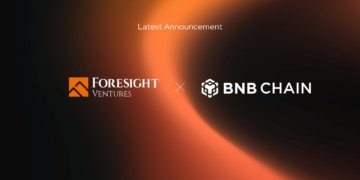
Reviving DeFi: How Next-Gen Aggregators Halt Its Decline
The decentralized finance (DeFi) ecosystem has grown rapidly over the past few years, revolutionizing the way we interact with financial systems. However, it faces significant challenges, including scalability issues, fragmented liquidity, and user complexity. These threats, if left unaddressed, could lead to a gradual decline in DeFi’s growth and adoption. Enter next-generation aggregators, a promising solution poised to revitalize DeFi and steer it away from a potential downward spiral.
Understanding the Challenges in DeFi
The initial allure of DeFi was its promise to offer a decentralized alternative to traditional financial systems. Yet, as with any nascent industry, growing pains are inevitable. Here are some of the pressing issues DeFi faces:
- Scalability: The demand for DeFi services has surged, leading to network congestion and skyrocketing transaction fees.
- Fragmented Liquidity: Liquidity is scattered across multiple platforms, making it difficult for users to navigate and find the best options.
- User Complexity: The inherent complexity of interacting with various DeFi protocols can be intimidating for new users, hindering widespread adoption.
Next-Generation Aggregators: A Game Changer?
Next-generation aggregators are emerging as a crucial tool in addressing these challenges. These platforms aim to streamline user interaction and optimize the DeFi experience in several key ways:
1. Enhanced Scalability
One of the foremost features of next-gen aggregators is their ability to enhance scalability. By efficiently batching transactions and optimizing smart contract interactions, these aggregators can significantly reduce network congestion. This not only lowers transaction costs but also improves the overall throughput of DeFi services, making them faster and more reliable.
2. Unified Liquidity
Unified liquidity is another critical component that next-gen aggregators bring to the DeFi table. By pooling liquidity from multiple sources, they offer users a singular point of access to vast liquidity, ensuring better rates and minimizing slippage. This consolidation allows for a more seamless and efficient trading experience.
3. Simplified User Experience
The complexity of DeFi platforms is often a barrier to entry for many users. Next-gen aggregators address this by offering a more streamlined and user-friendly interface. Through intuitive design and comprehensive guides, these platforms make it easier for users to engage with DeFi, effectively lowering the barrier to entry and encouraging broader participation.
Benefits of Adopting Next-Gen Aggregators in DeFi
Integrating these next-generation solutions within the DeFi space can yield several significant benefits. Here’s an exploration of potential outcomes:
Improved Security Protocols
Next-gen aggregators often come equipped with advanced security features, offering an additional layer of protection for users. This is crucial in DeFi, where the risks of hacks and protocol failures can deter potential users. By leveraging robust security systems, aggregators can boost user confidence and foster a safer DeFi environment.
Incentivization of Market Participants
By aggregating multiple sources of liquidity and streamlining processes, these platforms often provide incentives for market participants. This can include competitive yield farming opportunities or reduced fees, making it attractive for both retail and institutional investors to engage with DeFi.
Interoperability and Cross-Chain Solutions
As the DeFi ecosystem grows, the need for interoperability becomes increasingly important. Next-gen aggregators are at the forefront of promoting cross-chain compatibility, allowing users to interact with multiple blockchains seamlessly. This capability opens up new opportunities for collaboration and expansion within the DeFi space.
The Future of DeFi with Next-Gen Aggregators
Looking ahead, the integration of next-gen aggregators into the DeFi ecosystem is poised to be a pivotal development. Not only do they address the current limitations of DeFi, but they also lay the foundation for a more inclusive and efficient financial system. As more users recognize the value these aggregators bring, DeFi’s slow decline can be reversed, propelling the technology to new heights.
Moreover, the ongoing evolution of these aggregators means we can expect even more innovative features and improvements. From AI-enhanced decision-making processes to fully decentralized governance models, the potential for growth is immense.
Conclusion: A New Dawn for DeFi
In conclusion, the rise of next-generation aggregators offers a renewed hope for the DeFi space, transforming it into a more robust, scalable, and accessible industry. By tackling key challenges head-on and providing valuable solutions, these platforms not only prevent a decline but set the stage for a DeFi renaissance.
As stakeholders continue to collaborate and innovate, the future of DeFi looks brighter than ever, ensuring it remains a formidable force in the financial landscape. The reliance on next-gen aggregators will likely be a central theme in this transformation, underscoring their critical role in shaping the future of decentralized finance.
“`
